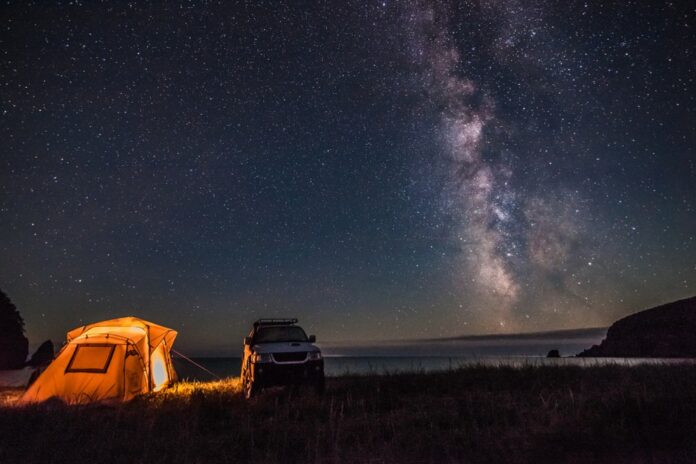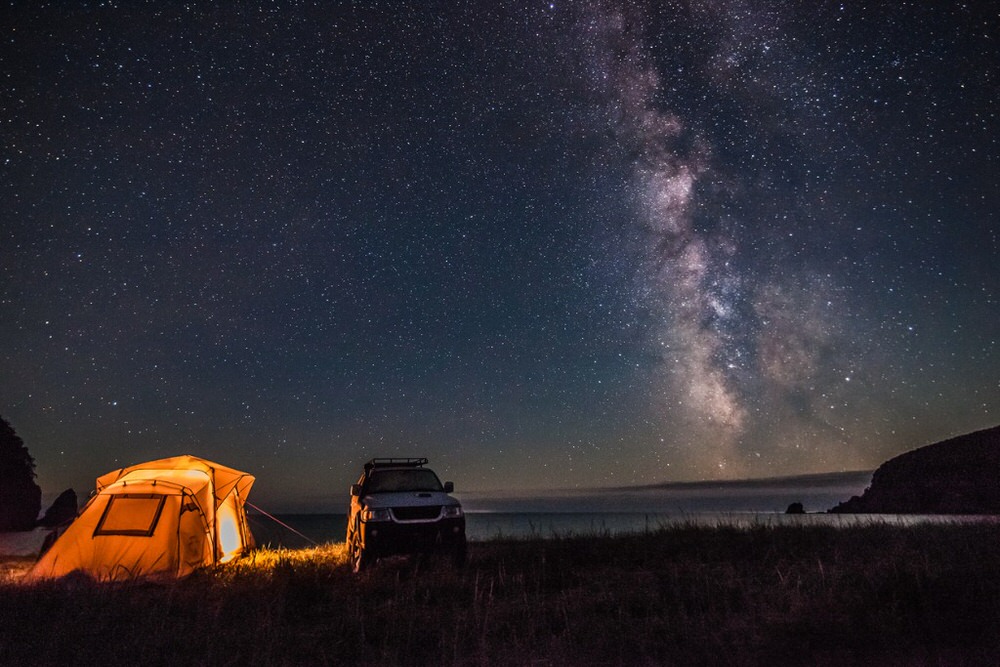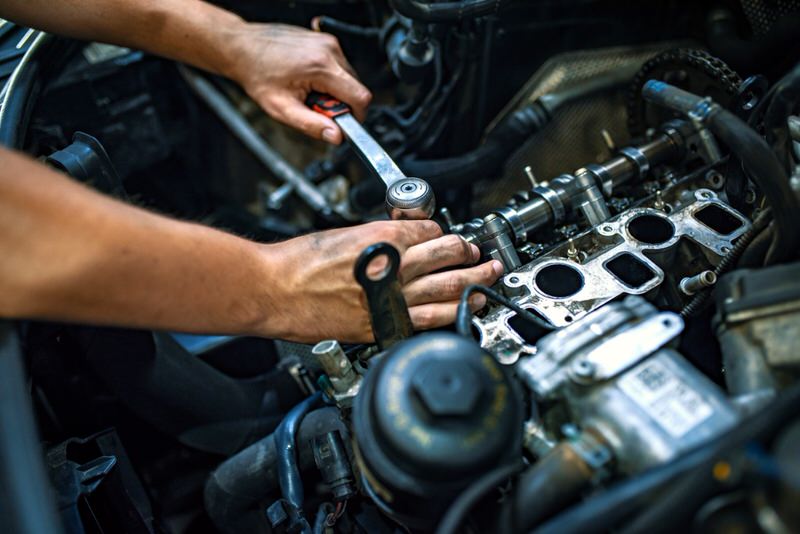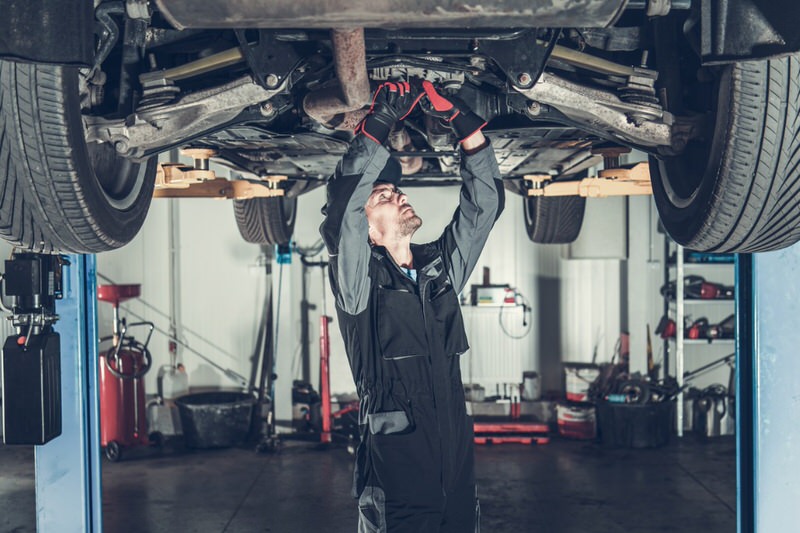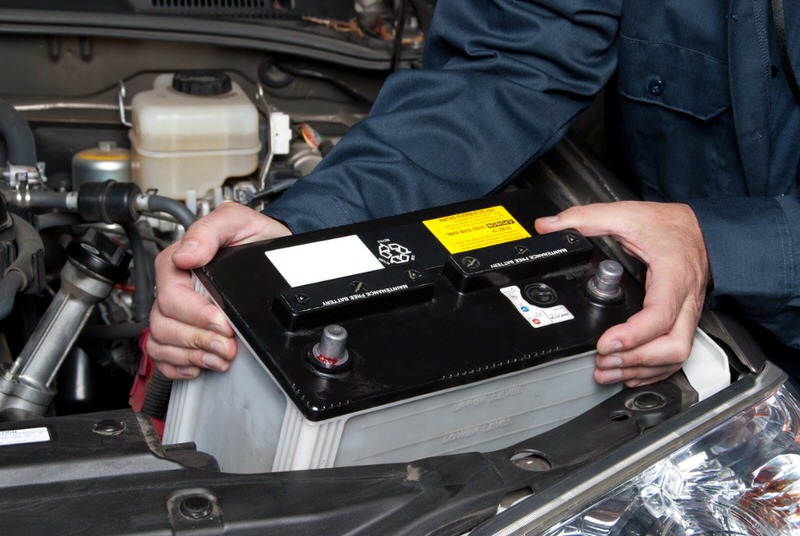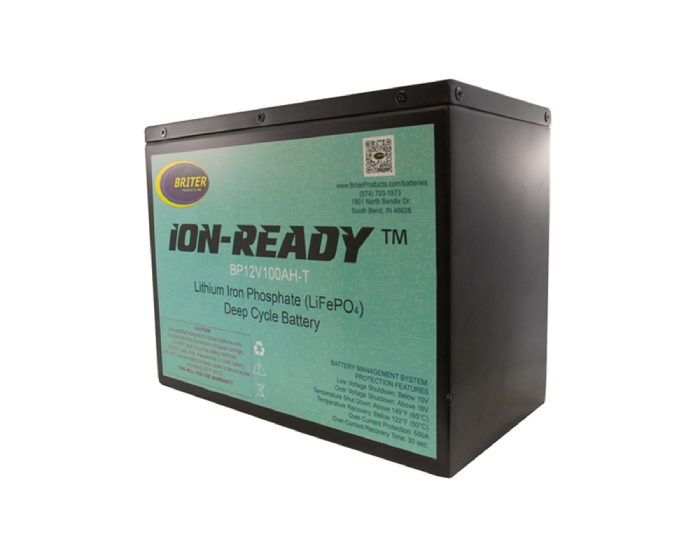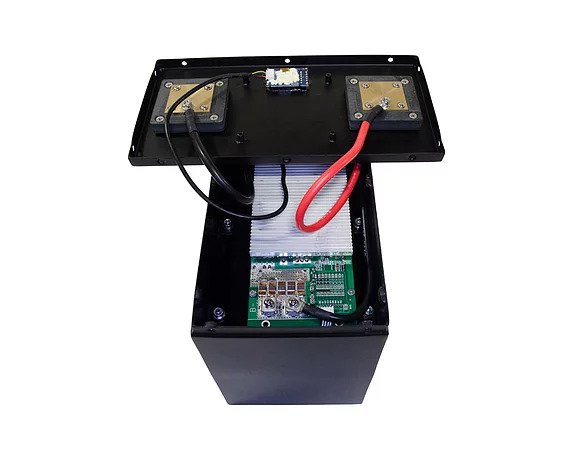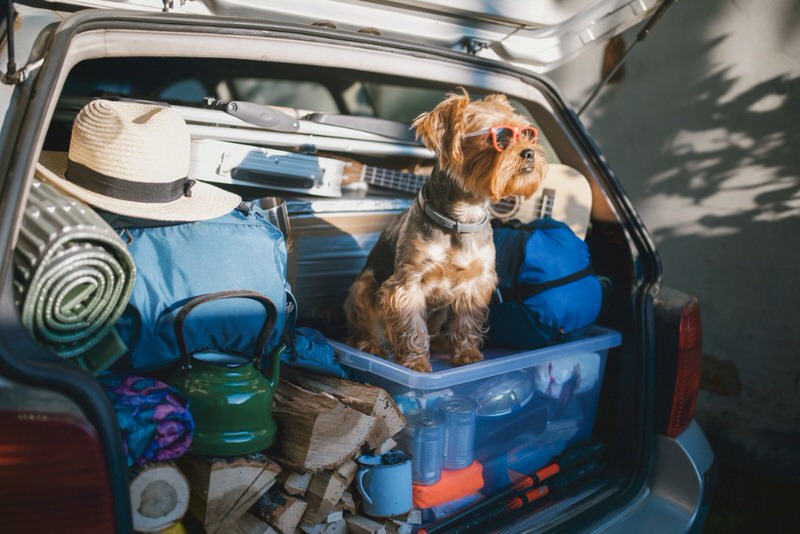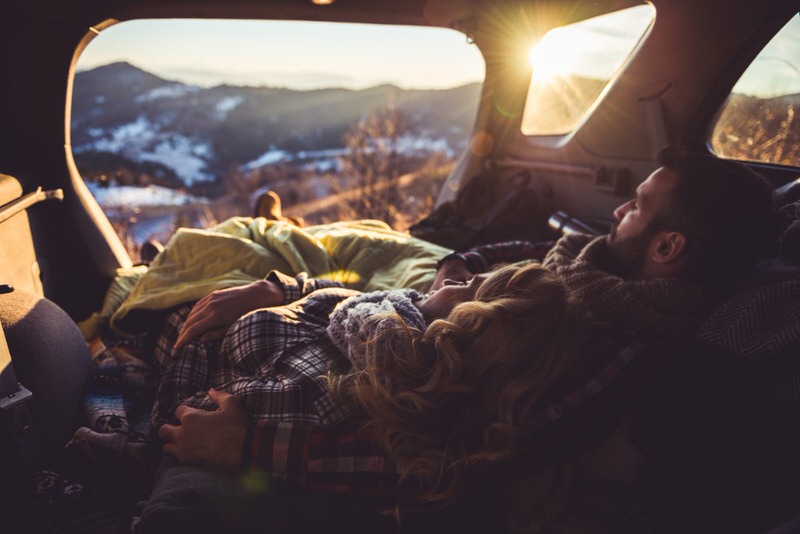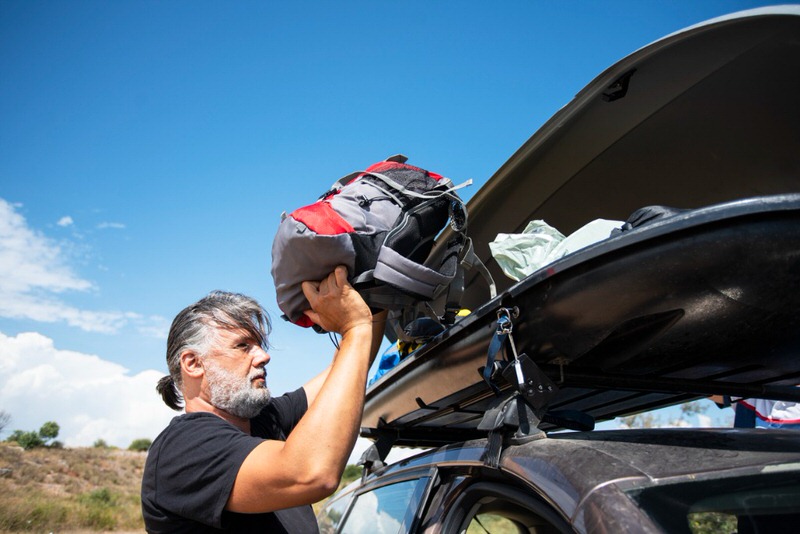Photo by yocamon via iStock
I’ll be the first to say that overlanding is not easy…
However, there are some things you can do to make overlanding easier. Really, it’s all about planning and preparation.
If you take the time right now to plan your trip and prepare for it, the sailing will be much smoother, especially if you’re planning your first overlanding trip.
So, with that said, here are three critical tips for making overlanding easier.
Be Sure Your Vehicle is in Tip-Top Shape
Photo by ljubaphoto via iStock
Obviously, your vehicle is a crucially important component of your overlanding trip. As such, it needs to be in perfect working order when you hit the road.
Now, you don’t need to be a mechanic and spend weekend after weekend fixing up your vehicle. If you have the money, take your rig to the shop and have them give it a once over and fix anything and everything that needs attention.
The point here is that you take the time to understand what components and systems in your vehicle need attention, and that you or someone else pays those components and systems the attention they need.
Photo by welcomia via iStock
From ensuring the radiator is in good shape to checking the brakes, having a good set of tires and a spare to ensuring the vehicle’s fluids are changed and topped off, there is a variety of things that should be checked off the list. Other checks should focus on:
- The battery, and replacing or recharging the battery as needed
- Checking the 4WD system to make sure it’s in proper working order
- Replacing any belts or hoses that are showing wear
- Checking the suspension components and replacing parts as needed
Likewise, you’ll want to have your rig outfitted with overlanding gear like auxiliary lighting, a fridge, a roof rack or another way of carrying extra gear, and so forth.
Again, this is more about planning and preparation than anything. Do proper research on what you need to have for your overlanding trip and take the time to procure those items ahead of time. Doing so will make your life on the road much easier!
Tips for Making Overlanding Easier: Add an Auxiliary Battery
Photo by joebelanger via iStock
Adding an auxiliary battery to your overlanding rig can make overlanding easier in so many ways.
For starters, an auxiliary battery allows you to have amenities like a fridge and lighting without worrying about draining the starter battery in your vehicle.
Secondly, having an auxiliary battery means that if your starter battery dies for some reason, you have a way to jump start it. When you’re out in the middle of nowhere without the ability to call AAA to address your dead battery, this can be a life saver.
Third, with a dual-battery setup in your vehicle, you don’t necessarily need to bring other power sources, like a generator. Though there are some small and mighty generators out there, they still take up precious cargo space. An auxiliary battery, by contrast, is under the hood and doesn’t impact how much gear you can bring with you.
By adding a solar panel that you can deploy when you stop to camp, you have a way to trickle charge the batteries. Combined with the fact that both batteries can be charged from the alternator while driving, you have a good system of keeping your batteries juiced up.
Personally, I’m a fan of using lithium-ion batteries for auxiliary purposes.
Lithium-ion batteries like the Briter Products batteries I have in my Turtleback Expedition trailer, have a much greater depth of discharge than the AGM starter battery in my truck – about 80-90 percent for the lithium-ions versus about 50 percent for the AGM.
Additionally, lithium-ion batteries have a longer lifespan. For example, my batteries have a 5,000-cycle lifespan, which means they’ll be good to go for years and years of service.
Speaking of service, the lithium-ion batteries I have are fully serviceable, so when it comes time to replace components, the batteries can be serviced, reset, and I can continue to use them for many more years. So, while lithium-ion batteries are more expensive up front, they pay for themselves over time.
I also like lithium-ion batteries because they are smaller and lighter than their AGM counterparts. What’s more, lithium-ion batteries have better energy density than AGMs, so you get more power in a smaller package. Again, saving space and weight is critical when you’re overlanding, so these batteries are a great fit.
Really, whatever kind of auxiliary battery you get, you’ll reap the benefits of knowing that you have power that’s dedicated to running your accessories and that you have protection against draining the starter battery. That’s a huge relief when you’re overlanding!
Tips for Making Overlanding Easier: Learn How to Pack
Photo by ArtistGNDphotography via iStock
As I’ve mentioned a couple of times already, space is at a premium when you’re overlanding, so if you want to make your life easier while you’re on the road, you need to become an expert at packing.
Packing your gear in your rig isn’t just about using the space you have wisely. Sure, everything needs to fit, but you also need to consider what items you will need most often, that way you pack them in areas that are easy to access.
Your sleeping bag, for example, shouldn’t be packed in your gear box on the roof of the vehicle – that’s simply not convenient. Instead, pack your sleeping bag, your pad, your pillow, and other sleeping items inside your vehicle, preferably on or near where you will be sleeping.
Photo by Georgijevic via iStock
Speaking of which, you will want to leave space to actually sleep, so avoid the temptation to fill your vehicle with stuff. You don’t want to have piles of gear sitting outside your vehicle at night, so you need room for you and your stuff.
Food, drinks, cooking implements, and other eating items should also be packed such that they are easy to access. Having a drawer system can help organize food items and utensils, while also making them quick to access.
Photo by Vesnaandjic via iStock
Of course, lesser-used items can be stored in out-of-the-way places inside your vehicle or in an exterior box. For example, if you only occasionally need your swimsuit, it doesn’t need to be readily available. Same goes with any other gear you have that is seldom used.
These tips for making overlanding easier might seem like common sense, but you’d be surprised how many people make life on the road much more difficult by not following these guidelines.
Overlanding it tough, to be sure, but you can certainly make an easier go of it if you plan, prepare, get organized, and outfit your rig with the right accessories to help make things easier!



